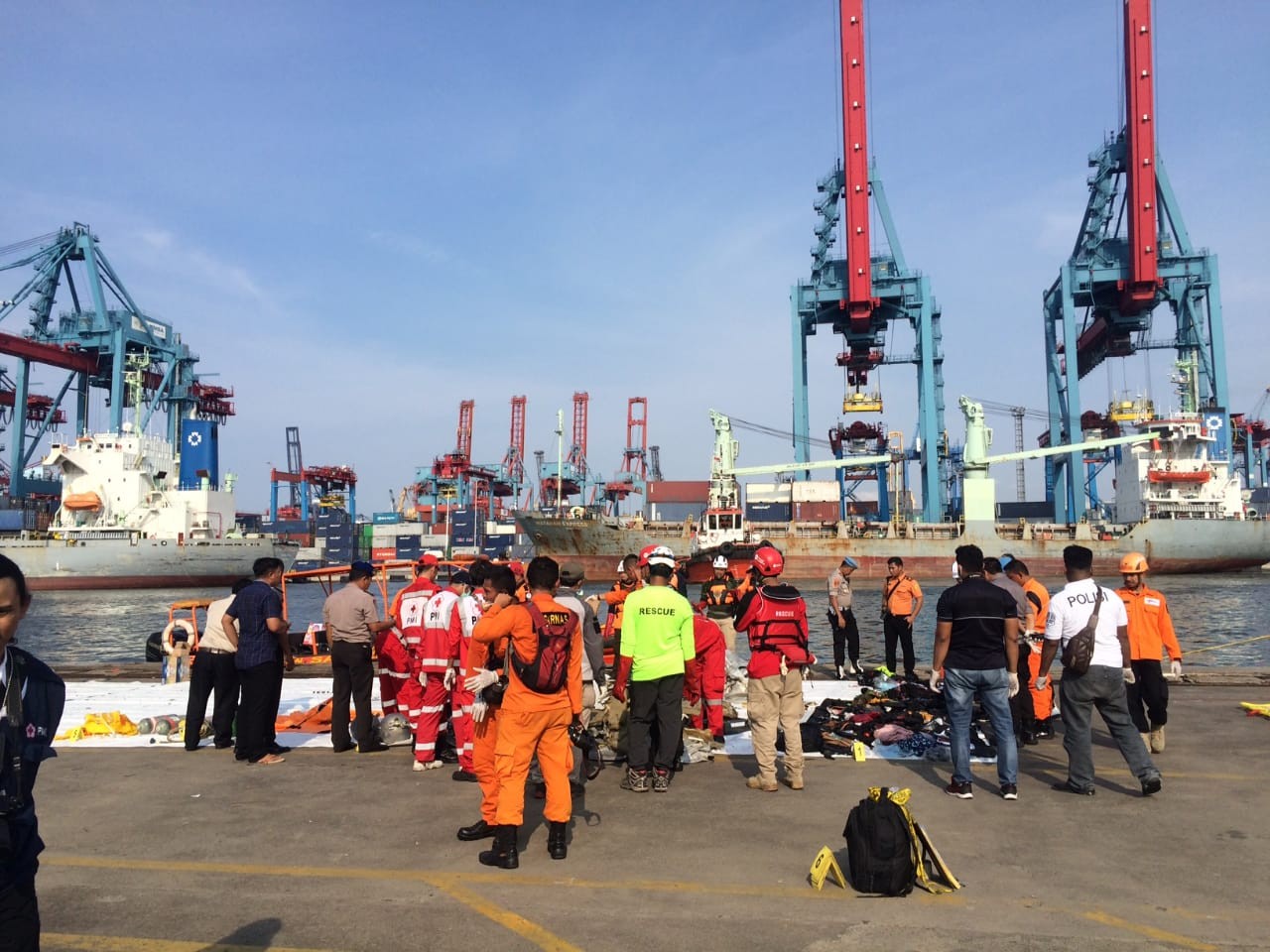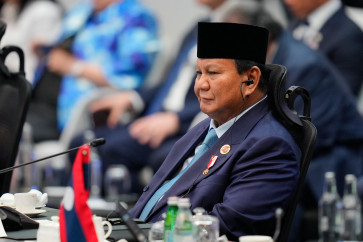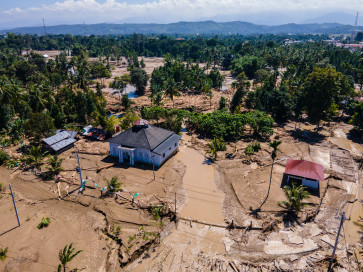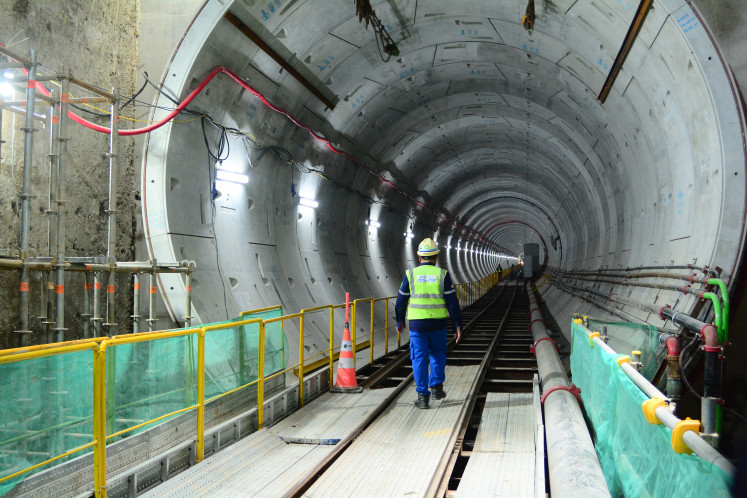Popular Reads
Top Results
Can't find what you're looking for?
View all search resultsPopular Reads
Top Results
Can't find what you're looking for?
View all search resultsInvestigators must examine Lion Air's claim to have resolved technical problem: Expert
Flightradar24 data showed the aircraft went down from 4,825 feet to 350 feet in about 25 seconds.
Change text size
Gift Premium Articles
to Anyone
The investigation into the crash of Lion Air flight JT610 into the Java Sea on Monday morning must examine the reported technical problems that the plane experienced on its previous flight, an aviation industry expert says.
Chappy Hakim, a former Air Force chief of staff, questioned the Lion Air Group claim that technical issues experienced by the aircraft on its Sunday night flight had been resolved in accordance with procedures.
"The management would of course say that the problem was resolved [...] but we must find out whether or not the trouble had been addressed according to proper procedures and retested before the aircraft was released," Chappy told The Jakarta Post on Tuesday.
Previously, Lion Air management said that a technical problem was reported by pilots when the same plane was flying from Denpasar in Bali to Jakarta on the night before the crash.
Read also: Lion Air JT610 crash: What we know so far
The company's CEO, Edward Sirait, did not reveal the details of the technical problem, but said that it had been addressed in accordance with maintenance manuals issued by the manufacturer and the engineers had declared the aircraft "ready for takeoff".
Serious issues such as troubles in the system must be repaired and tested thoroughly before an aircraft is declared safe to fly, he said, adding that every technical issue must be recorded in the technical logbook.
The reported technical issues are the first matter that the National Transportation Safety Commission (KNKT) should analyze in its investigation of the incident, Chappy said.
"From [the analysis] we can find out whether there was a violation of procedures," he said, adding that the black box of the aircraft, which is currently being sought by authorities, would reveal more facts related to the technical issues.
The plane, which had 189 people on board—comprising 178 adult passengers, three minors, two pilots and six crew members--was scheduled to land at Depati Amir Airport in Pangkalpinang in Bangka Belitung Islands province at 7:10 a.m. on Monday.
Air Traffic Control at Jakarta’s Soekarno-Hatta International Airport lost contact with the flight shortly after it took off at 6:20 a.m. It reportedly crashed 7 nautical miles north of the coast of Tanjung Bungin in Karawang, West Java, 13 minutes later.
According to the preliminary data on satellite navigation, called automatic dependent surveillance-broadcast (ADS-B), released by FlightRadar24, a flight-tracking service, the aircraft showed an "increase in speed" and "decrease in altitude at last transmission". The data from the last minutes of the flight showed that it decreased from 4,825 feet to 350ft (the last information transmitted) in about 25 seconds.
We are downloading and processing granular ADS-B data that was transmitted by the aircraft, but preliminary data show an increase in speed and decrease in altitude at last transmission. #JT610
— Flightradar24 (@flightradar24) October 29, 2018
A routine descent for an airliner would be about 1,500 to 2,000 feet per minute, said John Cox, the president of the consulting company Safety Operating Systems who has participated in numerous crash investigations, as quoted by Bloomberg.
Soekarno-Hatta International Airport's AirNav officer said only two to three minutes after the aircraft took off, the pilot requested a return to base. The air traffic controller gave permission to return, but then lost contact with the flight.
"When a pilot decides to request a return to base, he knows that he faces a problem in which the aircraft can no longer fly," Chappy said, adding that there could be various reasons, such as failure in part of the engine.
In most plane crashes, he said, the most probable causes found in the investigation were negligence and violation of procedures. Chappy, however, declined to speculate on the reason behind the downed Lion Air flight, saying, "We must wait for the KNKT investigation."
Another aviation expert, Gerry Soejatman, said it was possible that pilot Bhavye Suneja did not fully realize the seriousness of the technical problem during the flight.
“If it was an emergency, if there was a fire or an engine failure, then the pilot would have declared an emergency, whereupon any other aircraft would be cleared away for the plane experiencing the emergency to land at the airport. Regarding the aircraft’s erratic altitude [...] that is perhaps because it was being flown manually, and that could be a result of a technical problem.” (evi)










